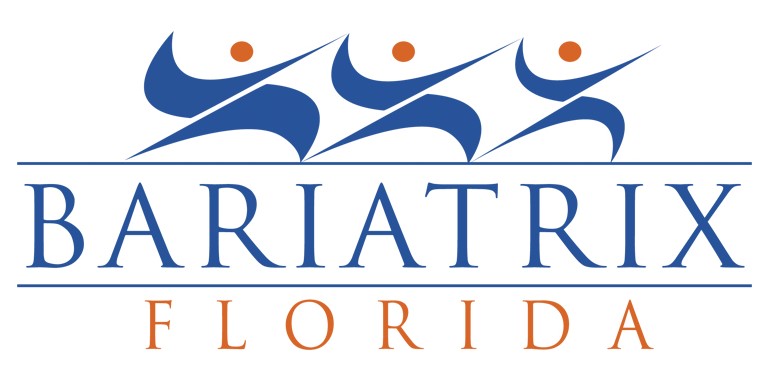Gastric Bypass
The Roux-En-Y gastric bypass has been performed since the 1960’s and has been done laparoscopically since the 1990’s. Many believe the gastric bypass to still be the “gold standard” for bariatric surgery. Roux-en-Y Gastric Bypass surgery uses a combination of restriction and malabsorption. Although, once the most popular weight loss surgery, the sleeve now has that distinction.
The bypass is a two-part procedure. First, a small stomach is created, about 1 ounce in volume by dividing it off the top of the rest of the stomach. Next the small intestine is divided and the second link of the intestine called the jejunum is brought up and connected to the newly created small stomach. The big stomach and the first link of intestine called the duodenum will be bypassed and no longer open to receive food or fluid. Although these structures are not used directly for food, they are alive and well, making the needed gastric juices and enzymes that digest food. The big stomach and duodenum gets connected further down the intestine where it will send in its digestive juices to mix with food. This intestinal change affects the absorption of calories, nutrients and vitamins.
The small stomach size translates into small food consumption, much less calories and weight loss. A very important role with appetite is that through the re-routing of food and resecting (cutting) of the stomach, significant change in the hunger hormones, particularly in one named ghrelin, also referred to as the “hunger hormone” takes place. This helps reduce a person’s hunger and allows them to be satisfied with a much smaller amount of food.



